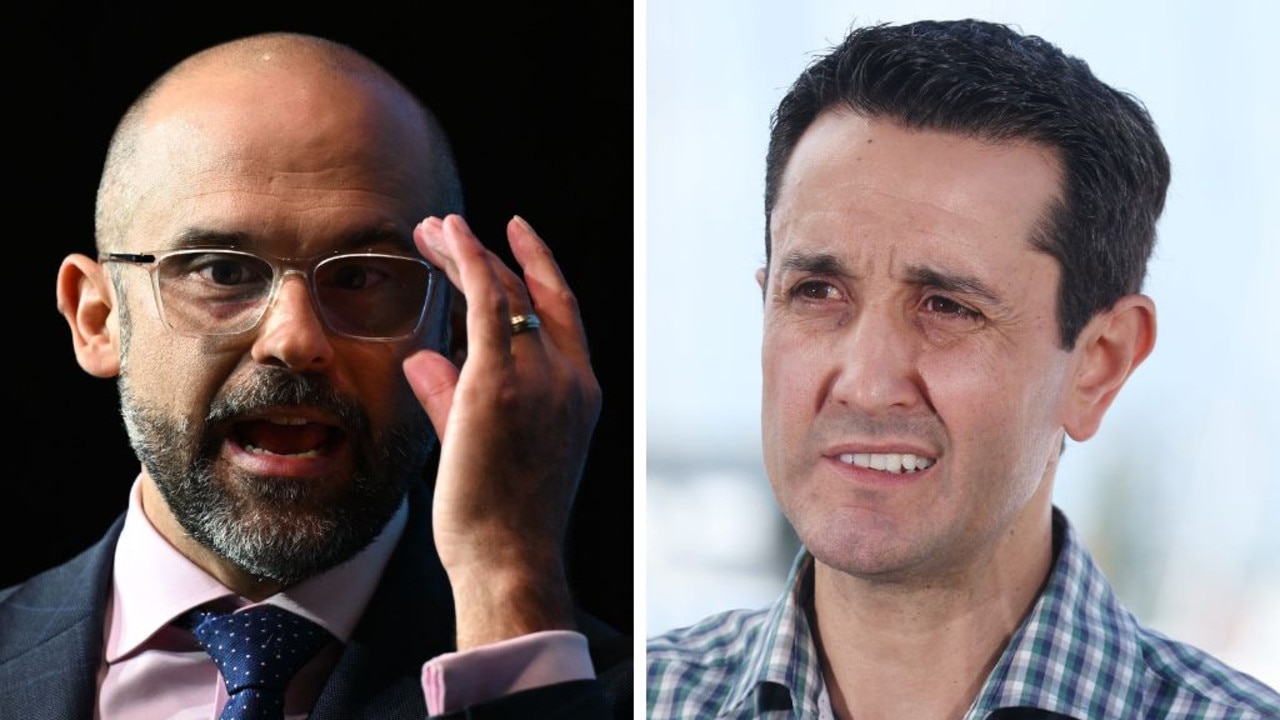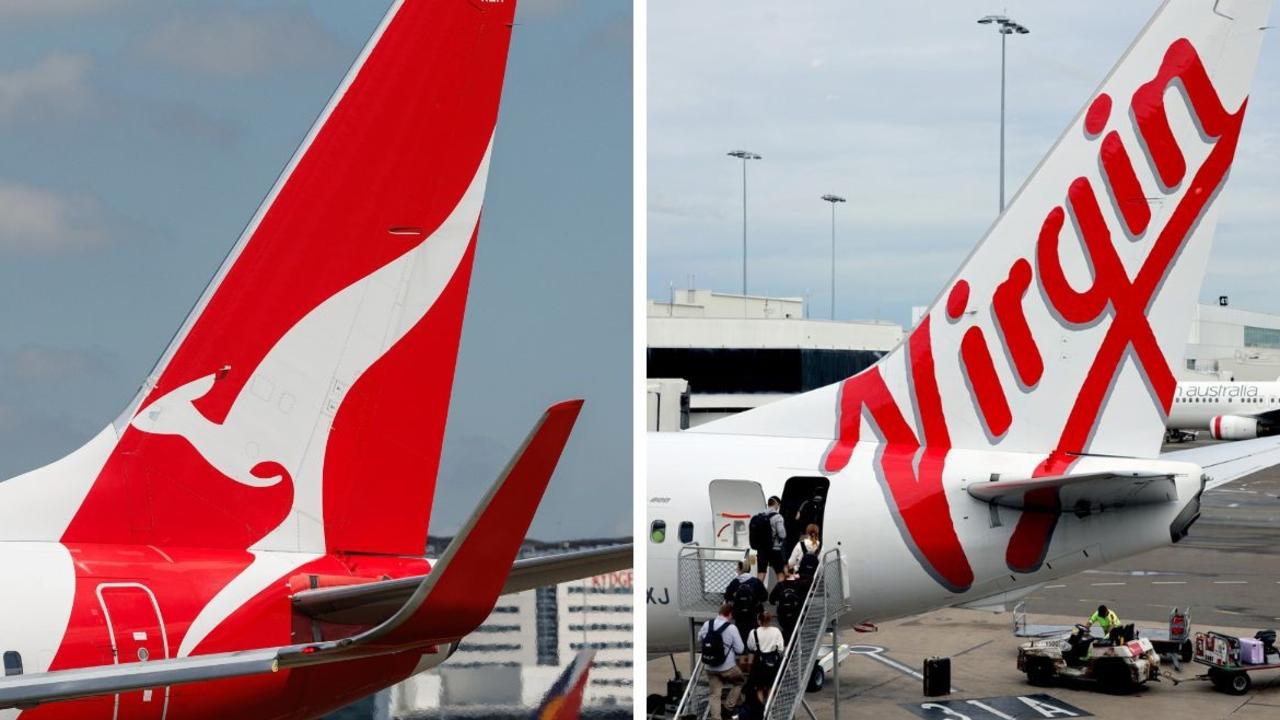Opinion: Federal election headed for hung parliament, but who’ll be PM?
That the next federal parliament will be hung is a certainty. The only question is who will lead the minority government, writes Paul Williams.
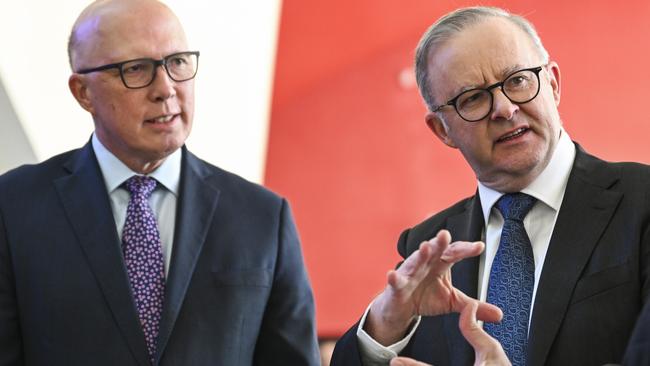
Opinion
Don't miss out on the headlines from Opinion. Followed categories will be added to My News.
Australians are pretty good at separating state and federal election issues.
Queenslanders in the early 2000s happily endorsed Liberal prime minister John Howard and Labor premier Peter Beattie without any hint of cognitive dissonance.
And we saw that doublethink again in 2020 when Labor premier Annastacia Palaszczuk won handsomely just a year after many a Labor voter chose Liberal prime minister Scott Morrison over Bill Shorten.
That’s why caution is advised when transposing state election results on to federal election prospects, and why we must be even more careful when it comes to by-elections – the so-called troublemakers’ ballot box.
Virtually every commentator in the country this week pored over two Victorian state by-election results like ancient shamans reading a goat’s entrails. And for good reason. Despite the peril of comparing apples with oranges, this time we can draw some sound conclusions about what the Albanese government can expect in a couple of months’ time.
But last Saturday’s two state by-elections, in Werribee (in outer southwest Melbourne) and Prahran (in inner east Melbourne), offer different lessons for different big players.
The most salient is the huge kick Labor received in working class Werribee. With a swing of almost 17 percentage points on primary votes – the same-sized kick federal Labor suffered in 1975, thus flagging the end of the Whitlam government – tells us Albo has a problem in the fringe suburbs of Australia’s capital cities.
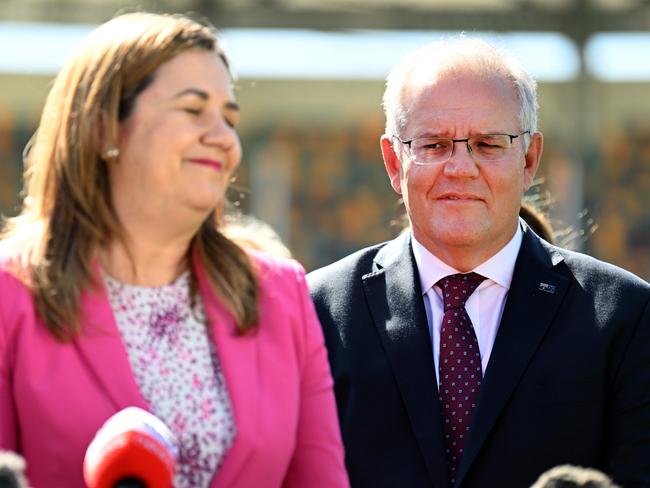
Yes, there was much antagonism toward Victorian Labor Premier Jacinta Allan – the hardly-inspiring successor to the increasingly unpopular Dan Andrews – mixed up in Saturday’s swing. There’s also lingering resentment in the outer suburbs over pandemic lockdowns that hurt self-employed tradies and small business owners.
But even the most politically illiterate knows the top three issues for Australian voters living on Struggle Street are cost of living, cost of living and cost of living. In short, it’s a tough time for incumbent governments everywhere today blamed for a global inflation problem only now coming under control.
But the Liberals can’t crow too early. Their first-preference vote in Werribee increased by just 3.7 per cent, which became 10 per cent after the preferences of a Melbourne Cup field flowed generously to the Liberals. Given federal Labor holds just four Victorian seats with margins under 6 per cent – the largest swing we can expect the Coalition to receive – the much-anticipated “blue wave” of Liberal votes may break long before it reaches the seats Opposition leader Peter Dutton must win to enter The Lodge.
In sum, there’s no evidence yet that Victoria is no longer – as prime minister John Howard described it – the “Massachusetts of Australia”. Indeed, other left-leaning parties (the Greens, the Victorian Socialists, Legalise Cannabis) collectively enjoyed a 10-point swing.
Over in Prahran, however, the Greens suffered a different fate. While their primary vote fell only fractionally, the preferences of other minor players – and the fact Labor did not field a candidate – saw the Greens lose the seat to the Liberals.
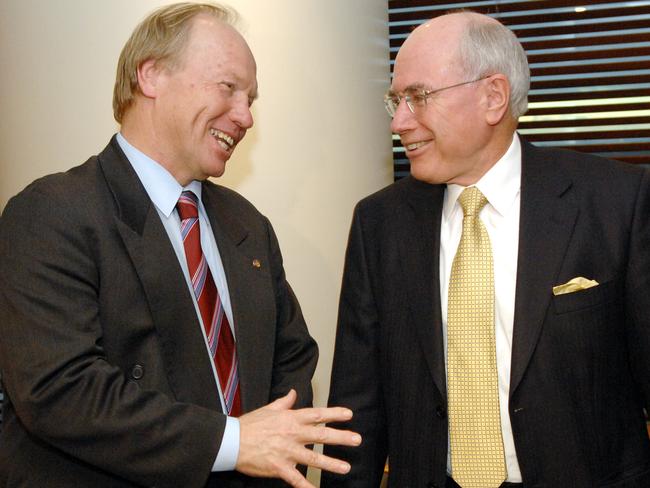
But the Liberals saw their primary vote increase by just five percentage points – again under that six-point threshold.
Apart from a general warning to Albanese that Labor is sure to lose its parliamentary majority, there are two other general lessons to be learnt.
The first is that Dutton, who has until now pitched his appeal only to regional and outer suburban Australians, must do more to win the confidence of inner city and middle suburban voters who, contrary to characterisations as “elites”, are also suffering from inflation, urban congestion and an overstretched Medicare system.
And that appeal means Dutton must adopt a more traditional opposition leader’s role. For example, instead of sniping from the sidelines at media “doorstops”, Dutton must call more regular media conferences (and take the tough journalistic questions) and offer a far larger policy target that offers real solutions to such problems as housing, unaffordable insurance and wage stagnation.
The fact that just 65 per cent of voters endorsed the Labor, Liberal and Greens candidates in Prahran offers a second lesson for all the big parties, including the Greens: the explosion in the micro-party and independent vote at the 2022 federal election was no fluke, and we can expect at least one in three Australians to vote for a party outside the Labor-Liberal-National triangle.
Only one thing is certain: the next parliament will be hung. Whether it is an Albanese or Dutton minority government depends on the success or failure of the Greens and Teals. Watch this space.
Paul Williams is an associate professor at Griffith University



